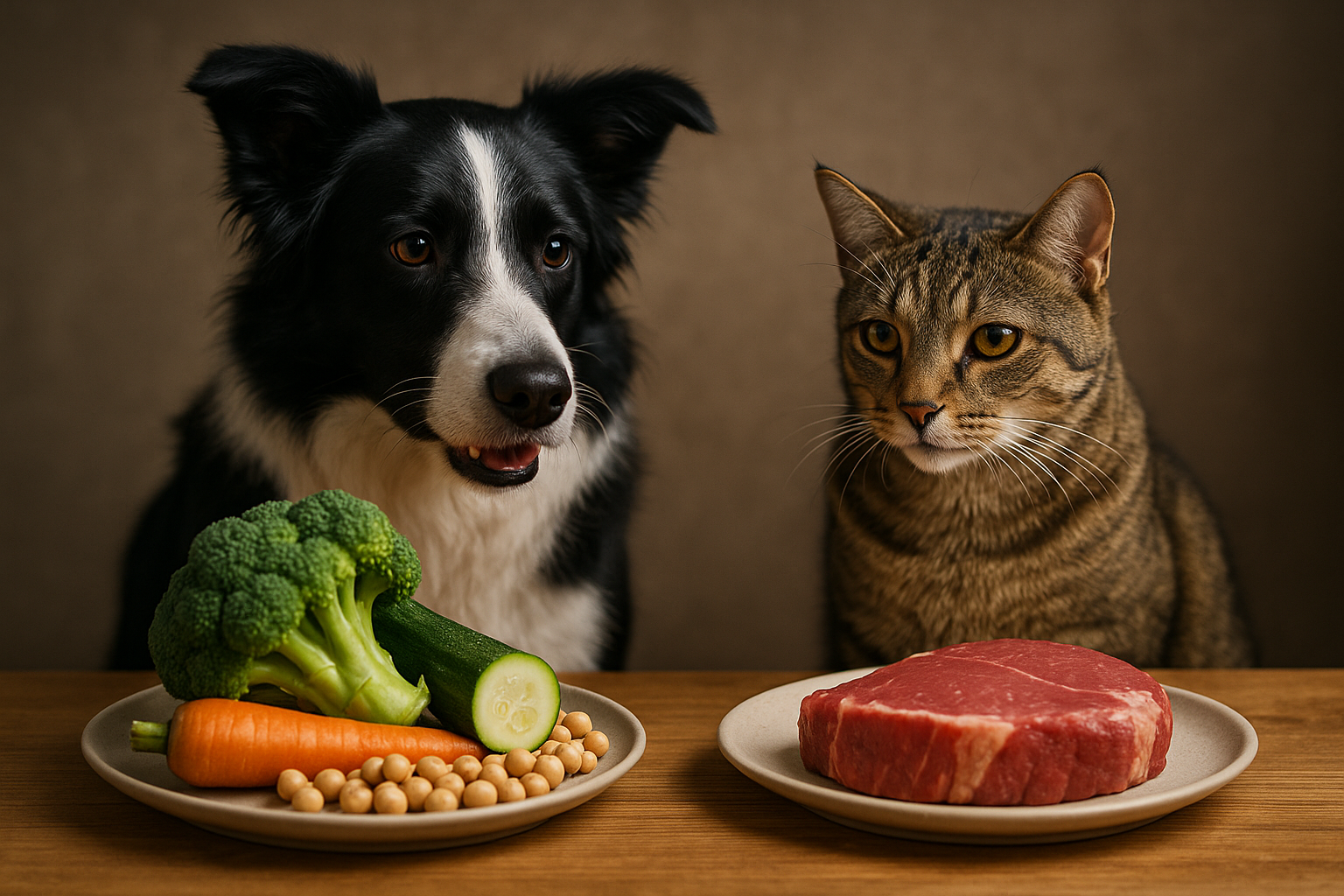Cat Food: Nutrients, Wet vs Dry, and Eating Habits
Choosing the right cat food affects a cat’s health, hydration, and longevity. A balanced diet supplies essential nutrients such as protein, fat, vitamins, and minerals while matching a cat’s life stage and activity level. Understanding differences between wet and dry food, how to read labels, and managing eating habits helps pet owners make informed, practical decisions for daily feeding.

This article is for informational purposes only and should not be considered medical advice. Please consult a qualified healthcare professional for personalized guidance and treatment.
What does a cat need nutritionally?
Cats are obligate carnivores, which means their bodies are adapted to require nutrients primarily from animal sources. High-quality protein and specific amino acids like taurine are essential. Cats also need preformed vitamin A, arachidonic acid (a fatty acid), and adequate moisture in their diet to support kidney and urinary health. When evaluating any cat food, check that the formulation matches the cat’s life stage—kitten, adult, or senior—and any health conditions such as kidney disease, diabetes, or food sensitivities. Consistent feeding schedules and portion control help maintain body condition and prevent obesity.
How to choose the right food?
Selecting food involves balancing ingredient quality, nutrient profiles, and practical considerations like availability and storage. Look for named protein sources (chicken, turkey, fish) near the top of the ingredient list, and avoid foods that list vague meat by-products without specification. Nutrient adequacy statements from regulatory bodies or AAFCO-like standards indicate the food is formulated to meet basic nutritional needs. Consider your cat’s preferences and any veterinary recommendations: some cats thrive on grain-inclusive diets, while others require grain-free or limited-ingredient formulas for sensitivities. Rotate flavors cautiously if introducing new foods to reduce digestive upset.
How does wet food benefit cats?
Wet food provides higher moisture content than dry food, which helps support urinary tract health and overall hydration, especially for cats that drink little water. Typically, wet food has more animal protein and fewer carbohydrates, aligning closer to a cat’s natural dietary requirements. For cats with dental issues or seniors with reduced chewing ability, pate or finely chopped wet diets can be easier to eat. Wet food also tends to be more palatable, which can aid appetite in ill or recovering cats. However, wet food often requires refrigeration after opening and may be more expensive per serving than dry food.
When to use dry food in feeding?
Dry food is convenient, shelf-stable, and generally less expensive per calorie, making it a common choice for free-feeding households. It can help with dental debris removal through mechanical action, but it should not be relied on solely for dental health; routine oral care is still important. Dry diets often contain higher carbohydrate content and lower moisture, so pairing dry food with access to fresh water or occasional wet food helps balance hydration. For multi-cat households, dry food’s convenience supports measured portioning with timed feeders, but careful portion control is necessary to prevent overeating and weight gain.
How to manage eating habits and portions?
Establishing regular meal times supports healthy eating habits and makes monitoring appetite easier. Determine portion sizes based on the food’s feeding guidelines, adjusted for your cat’s age, weight, and activity level. Weighing food with a kitchen scale is more accurate than using volume measurements. For cats prone to overeating, offer two or three measured meals daily or use portion-controlled feeders. For cats that graze, ensure the total daily portion meets caloric needs without excess. Monitor body condition score rather than relying only on weight; subtle changes in musculature and fat cover can indicate dietary adjustments are needed. If appetite changes suddenly, consult a veterinarian to rule out illness.
Conclusion
Understanding cat food involves matching nutritional needs to diet format, life stage, and individual health. Wet and dry foods each have strengths: wet supports hydration and palatability, while dry offers convenience and cost-effectiveness. Reading labels, monitoring eating behavior, and tailoring portions help maintain a healthy weight and support long-term wellbeing. Regular veterinary check-ups will ensure dietary choices remain appropriate as your cat ages or if health conditions arise.






